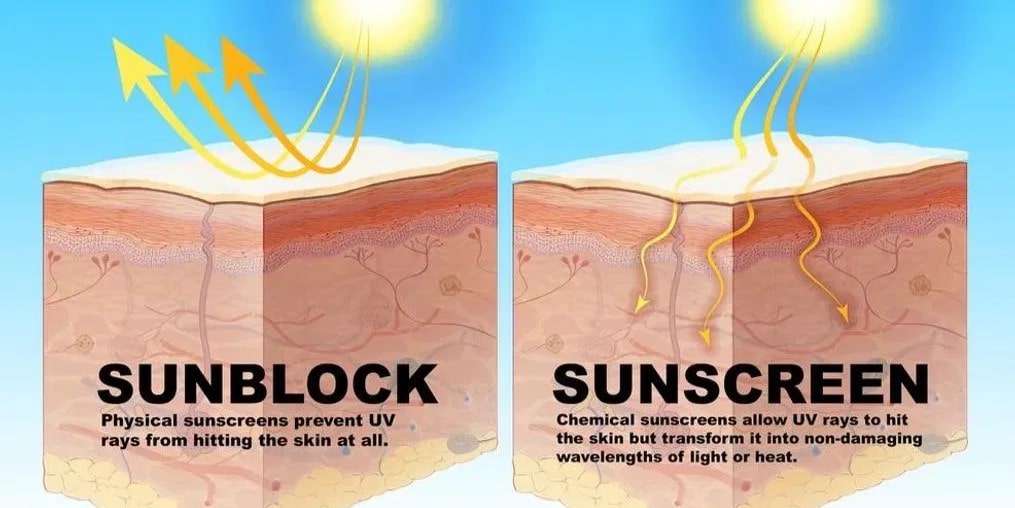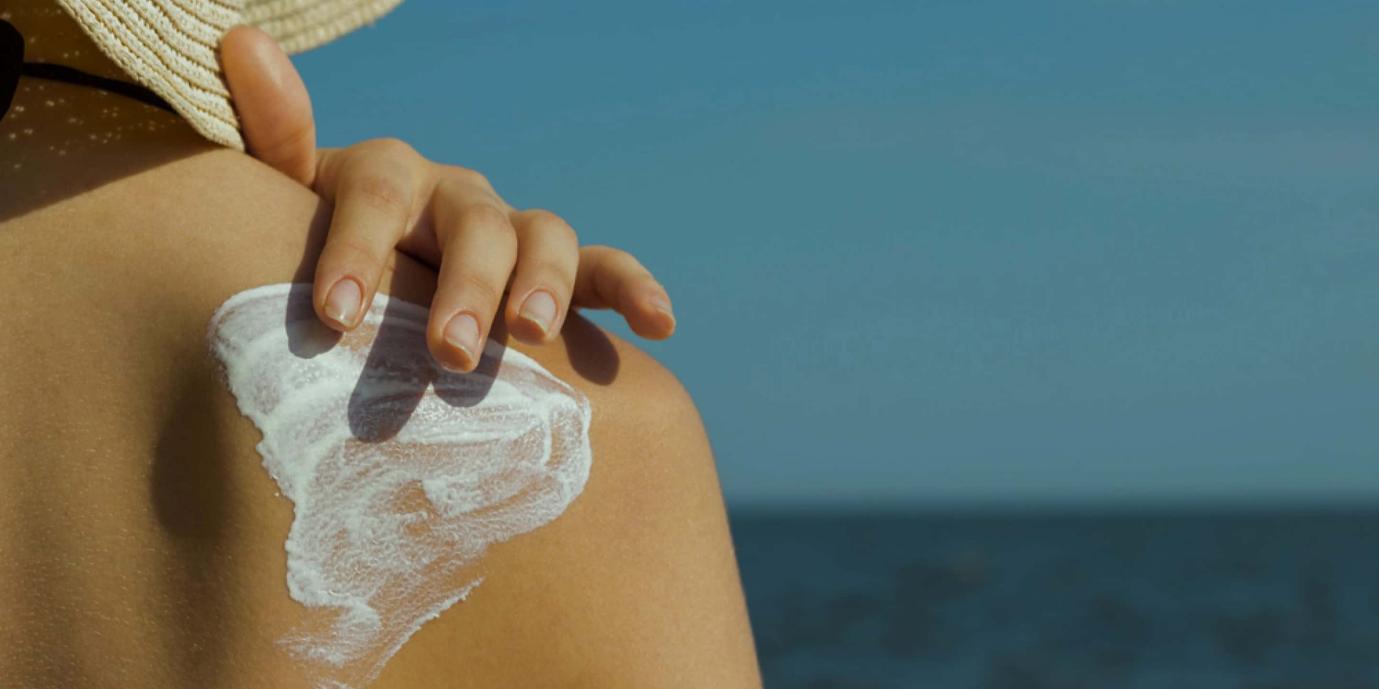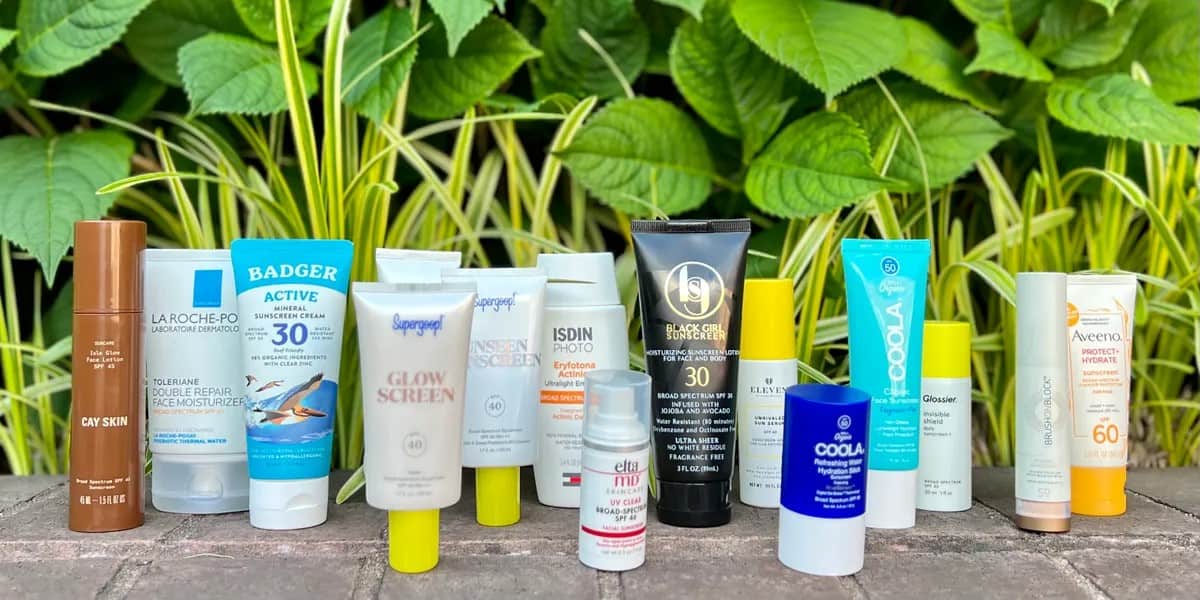Sunscreen vs. Sunblock: Which One is Better for You?
If you spend a lot of time outside and care for your skin, you might have heard sunscreen and sunblock. The way the two operate is where they differ the most. Chemicals in sunscreen absorb UV radiation before they reach your skin. On the other hand, sunblock works as a barrier to keep UV radiation from getting to you. Both types are good for shielding the skin from UV rays and sunburn. In short, sunscreen formulas often have chemicals, scents, or insect repellents. Sunblocks often include chemicals that give the skin a thicker layer of protection. Keep reading the longer answer to learn more about sunscreen vs. sunblock and which you should choose.

What is Sunscreen?
Chemical sunscreen is the common name for sunscreen. According to a study, it often contains one or more active chemicals that transform UV radiation into heat and expel it from the body. These chemicals include oxybenzone, avobenzone, octisalate, octocrylene, homosalate, and octinoxate. Once, it prevents UV rays from reaching the skin and causing damage.
Oils and scents added to sunscreens might be something you want to avoid. So, if you have a chemical sensitivity, it's crucial to read the label. Two types of insect repellent in sunscreens are natural and chemical-based. Since sunscreen should be applied evenly and frequently, those with insect repellents should be applied less frequently and within limits.
Sunscreen Benefits
- Lightweight and absorbent: Compared to physical sunblock, sunscreens are lighter and absorb into the skin quicker.
- Leaves no residue: Sunscreen doesn't leave a white stripe on the skin like sunblock does.
- Sunscreen side effects
- Prevents sunburns: Extreme UV rays exposure causes sunburns, which are characterized by redness, discomfort, and flaking. Sunscreen helps avoid sunburns by absorbing or filtering UV rays before they harm the skin.
Sunscreen Side Effects
Some people may experience allergic reactions or skin irritation from specific chemical components in sunscreen. Therefore, it is strongly advised that those with sensitive skin avoid using chemical sunscreen. Before chemical sunscreens start acting, they must soak into the skin for 20 to 30 minutes.
What is Sunblock?
Physical sunscreen is another name for sunblock. Sunblocks typically contain micronized zinc oxide and titanium dioxide. These particles usually create a physical coating or block that blocks UV and solar radiation. Additionally, by preventing sun rays from reaching the skin, these physical sunscreens help reflect the sun's rays.
Additionally, sunblocks are widely used and considered safe for women, toddlers, and those with sensitive skin or allergies to other ingredients. Applying sunblock anywhere on the body can be more difficult for some people. Additionally, they might not enjoy how a product feels and looks on their skin. On the beach, you might see people wearing sunblock with a stripe on their nose or other face areas. Children six months of age or older can use sunblocks.
Sunblock Benefits
- Skin-friendly: Physical sunscreens are believed to result in fewer allergic reactions or discomfort, so they are a better choice for sensitive skin.
- Immediate impact: Sunblock protects your skin from damaging UV rays when you apply it.
- Defense: It provides adequate defense against UVA and UVB rays.
Sunblock side effects
Side effects from sunblock might include skin irritation, rash, acne, and hair inflammation. Because the active components in certain sunblocks are mineral-based, they may leave a faint white cast on the skin. This white cast could be more noticeable on the skin on rare occasions.
Sunscreen vs. Sunblock: Actual Difference
Because sunscreen contains titanium dioxide and zinc oxide, it often appears to be more effective. According to FDA regulations, these chemicals can be labeled safe and effective. When comparing sunscreen to sunblock, these products are said to be more environmentally friendly and protect the skin.
The difference between sunscreen and sunblock now relies on components due to changes in regulations regarding the use of the term. In general, you should search for sun protection with natural or mineral substances rather than potentially dangerous chemicals. To determine if a sunscreen's qualities are similar to sunblock or sunscreen, you should always check the components listed on the label.
Sunblock or Sunscreen: Which One is for You?
You can use either sunblock or sunscreen, so it's essential to pick a product you'll use correctly and regularly. Additionally, you should check expiration dates and read labels to comprehend what you're using. The product won't work if it expires, but it can't harm you.
If you are worried about sunscreens or sunblocks, speak with your skincare professional. Oxybenzone is one component that raises concerns because it may disrupt hormone activity when absorbed through the skin. However, research indicates that it is still safe to use. So, it all depends on your individual needs and compatibility.

Why you should always wear a sunscreen or sunblock?
The biggest risk factor for skin cancer is UV exposure from the sun. Sunburn results from UV radiation from the sun damaging skin cells and blood vessels. Skin that has sustained damage repeatedly becomes weaker and more prone to bruising. Wrinkles, decreased elasticity, pigmentation, and texture deterioration indicate visible aging caused by damage from the sun's harmful rays.
Best Tips for Protection from UV Rays
There are now hybrid products that include physical and chemical sun protection. However, remember that chemical-free preventative measures are among the strongest UV protectors. Here are a few preventive measures:
- Wearing a cap
- Covering exposed skin and selecting textures and colors that reflect
- Avoiding the sun at the hottest part of the day
- Staying away from tanning beds
- Reapplying your sunscreen after being in the water or every few hours. Use the product according to the manufacturer's instructions.
Conclusion
Sunblock and sunscreen both offer defense against the sun. They use specific chemicals to achieve this, and they have distinct looks when applied. You can select any product that works unless you are allergic to a particular ingredient. Verify the labeling to ensure the products are water-resistant and broad-spectrum with an SPF of at least 30. We hope this guide has clarified the sunscreen vs. sunblock debate.












